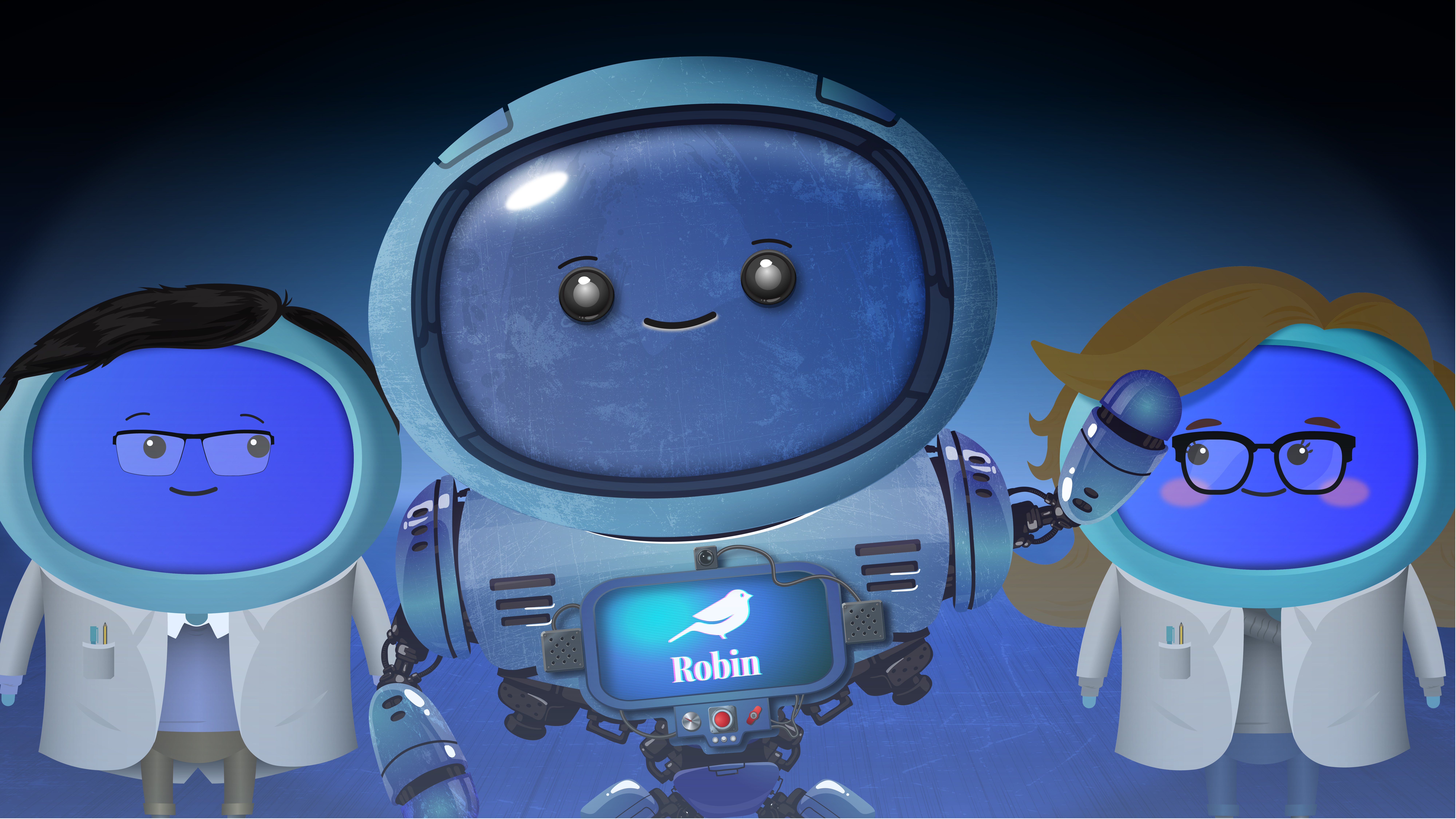Here at iAM, we take BEDI seriously, and you should too. We can’t overstate the importance of good BEDI policy to both your business and to the wellbeing of those within it.
Taking steps to uphold and promote Belonging, Equality, Diversity, and Inclusion isn’t just the right thing to do, it’s better for your business.
An inclusive culture not only inspires your team to greater levels of motivation; if you treat people fairly and value them as individuals, they’re also more likely to collaborate effectively.
But what does an inclusive workplace look like in practice, what’s your role as a leader in championing BEDI and how can you ensure everyone is onboard?
We pull back the curtain on BEDI in this latest blog.
What do we mean by an Inclusive Workplace?
An inclusive workplace is one where people feel they’re part of something and at the same time, feel recognised as an individual. Sounds simple right, but in practice, unfortunately, it’s always present.
The language around BEDI can sometimes be a bit fluffy, like ‘somewhere you can bring your whole self to work’. That can put people off taking it seriously. But the reality is that inclusivity can look very different for different people, so it’s important not to assume. It’s the same with belonging; sometimes people just want to turn up, do a really good job and go home, they don’t necessarily want certain aspects of their identity at the forefront. So, treating each individual on your team as just that – a unique individual – is the starting point.
Your role as a leader in BEDI
Knowing what each of your teams’ strengths are, what their capabilities are, what they bring to the party (and we don’t mean the office party!) and getting a deep genuine understanding of all those things is critical.
Supporting each individual in your team to feel they belong based on who they are as a person rather than ‘which box they tick’ or which category they fit into is really important as a leader.
How does an inclusive culture impact recruitment?
People are becoming more and more savvy with making sure they’re joining an organisation that has BEDI high on the agenda. They’re asking more challenging and probing questions at interview to ensure the organisation views it far more than just a ‘tick box’ exercise.
If your organisation doesn’t have robust answers to these questions, it’s likely to impact that individual’s decision to work with you or go elsewhere. So, given the challenging recruitment market as it is, if you want to attract the best talent, BEDI is worth taking seriously.
The business case for BEDI
Although we know numbers and ROI isn’t (or shouldn’t be!) the focus of becoming an inclusive workplace, we’re also not naïve enough to think that as a leader you won’t have to justify why you’re spending time and resources in this area.
So thankfully there are tons of studies and research papers that link a diverse working environment to innovation, being better at succeeding in new markets and avoiding real mistakes and pitfalls regarding cultural sensitivity. The inclusive workplace has also been strongly linked to improved collaboration and retention.
It’s a no brainer on all fronts!
Challenging unconscious bias
Firstly, let’s just be clear on what unconscious bias is – the official definition is a prejudice in favour of or against one thing, person, or group compared with another, usually in a way considered to be unfair. To do it unconsciously means it’s happening without you even thinking about it. We all have those biases, and they are ingrained in us. They aren’t something to feel guilty about, but you should try and tackle them.
Right from the minute we’re born, we’re constantly bombarded with certain messages based on gender, race, disability and so on, so it’s no wonder that these impact on our perspective as we enter adult life. A 2-hour workshop or short training course isn’t going to wipe those away instantly. So, what can you put in place as a leader to address these associations?
You have to essentially put yourself in situations where you’re seeing the opposite of that embedded belief, of that held stereotype. Or if you have negative associations with a certain group of people, the best remedy can be to build genuine relationships with people who are part of that group.
BEDI in a hybrid world
If as a leader you’ve suddenly got half your team onsite with you so you’re seeing them daily say and half that are now remotely working, the inclination or unconscious bias to reward and recognise the people you can see needs to be managed.
Taking time to really understand everyone, whether they’re remote or in the office, is essential to get the best out of them and ensure a feeling of belonging.
This blog is taken from the final episode of our new Learning and Development Podcast Mini-Series.
When leaders and managers upskill, the whole company benefits. It’s a common assumption that when people get to the top, they’ve got there by being the best. And, while true in many cases, there’s always room for improvement. This podcast helps managers and leaders become the best they can be. Our hosts and guests speak candidly of their own experiences, provide advice, and discuss challenges.
If you’d like to know more about BEDI, we have a series of courses available to help you learn. These cover subjects such as Gender Identity, Unconscious Bias, Anti-Racism, Disability, Allyship, Microaggressions and more. Try iAM Learning for yourself - get started today!




